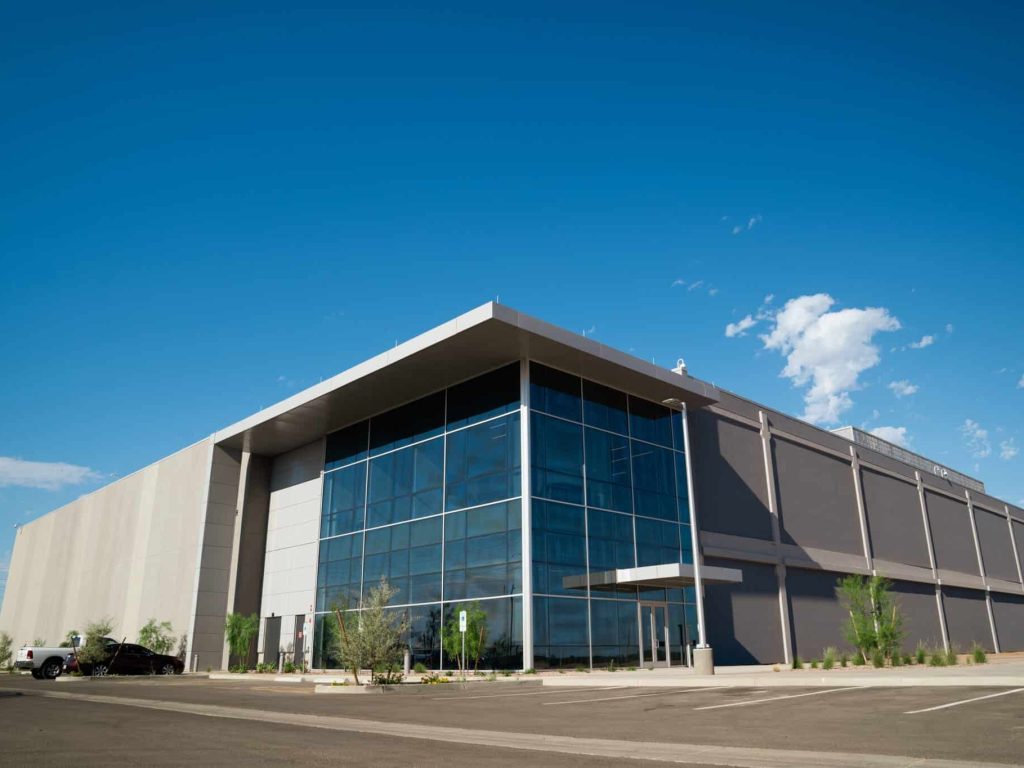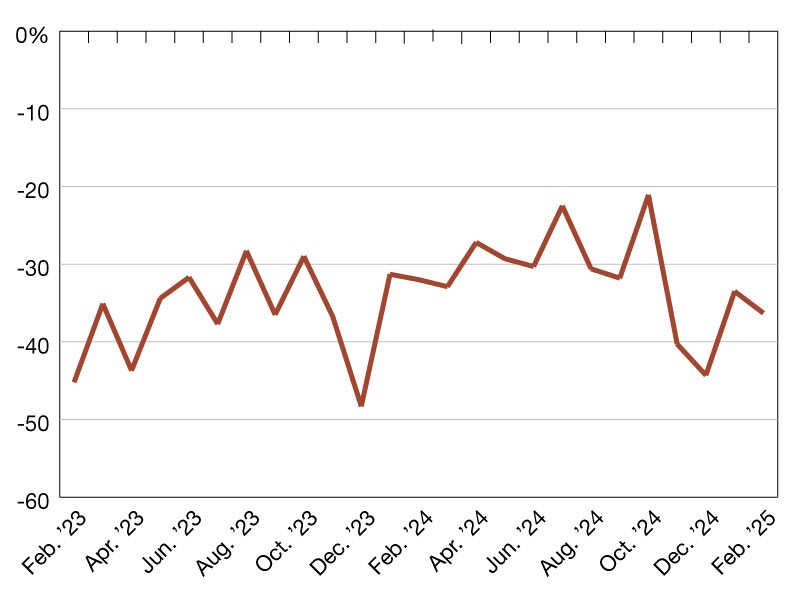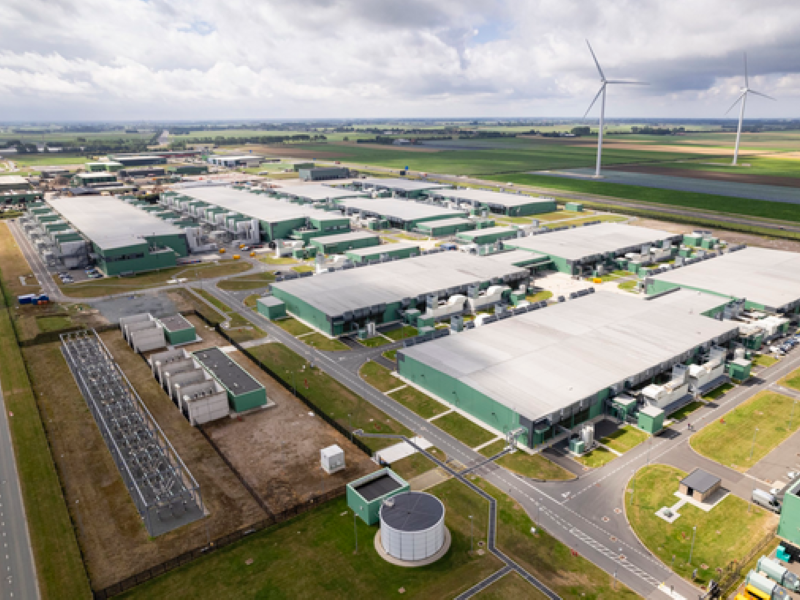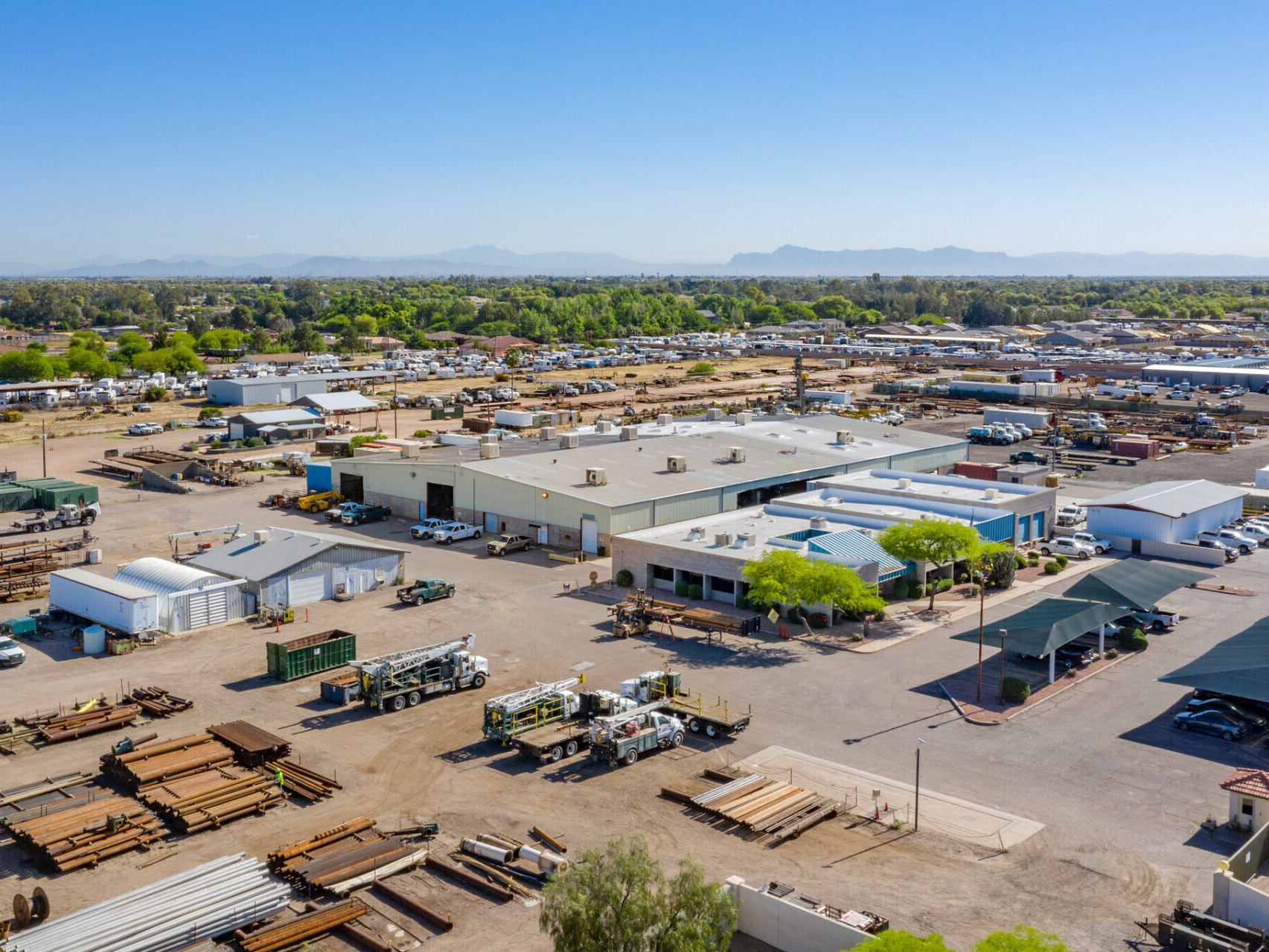Blueprint Special Report: Meeting the Insatiable Demand for Data Centers
Professionals at the Blueprint Conference discussed the challenges that hinder these projects.
Data center developers are experiencing a whirlwind of exorbitant demand, energy supply challenges, as well as construction hiring shortages. They must also consider potential regulations as they attempt to reduce the new developments’ carbon footprint.

Leading data center management and construction professionals discussed the situation during a session at the Blueprint Conference this week in Las Vegas last week.
According to Steve Ruby, chief innovation officer at McKinstry, manufacturing part of the data center construction components offsite would be beneficial.
“It’s quicker and faster to do that because you’re in a controlled environment. This can also help because you can construct them in areas where labor exists, which addresses the overall construction labor shortage,” Ruby said.
Joe Cannon, senior project manager at McCarthy Building Cos., recommended that developers find a repeatable construction design. This would be more efficient and allow more data centers to be built quickly and easily.
READ ALSO: Prologis, Blackstone Double Down on Data Centers, but Hurdles Remain
Jeff Sprau, CEO of Legence, said the industry needs standardization in its product and product operations. “This would help employees like facilities managers to move more effectively from one project to another.”
Labor, energy constraints
Because the hiring dilemma is real, according to a recent report from JLL.
“We have to pay an extra $15 an hour to hire electricians,” Cannon said. “To create a better culture for the construction workers, we hold raffles in the morning and give away tools as prizes. We bring ice cream trucks to the site. It all helps.”
The panel said some data center developers are building them as cheaply as possible, keeping costs in mind, in anticipation that jurisdictions will eventually set more carbon-friendly regulations.
In the meantime, local officials happily count the property tax revenue they generate when each center is built.
“We’ve tried to build with recycled concrete, but we’re not required to,” Cannon said. “Addressing data centers’ carbon footprint needs to be discussed, but once it is, it won’t change overnight.”
Meanwhile, Ruby said there aren’t enough electricity grid substations to handle this high volume.
“They can’t build more of them fast enough,” he said.
When it comes to saving energy, Sprau said, “Every little bit of energy conservation helps the grid. But this is not just a data center thing; the commercial real estate industry needs to keep thinking about how they can be more efficient with the energy they need.”







You must be logged in to post a comment.